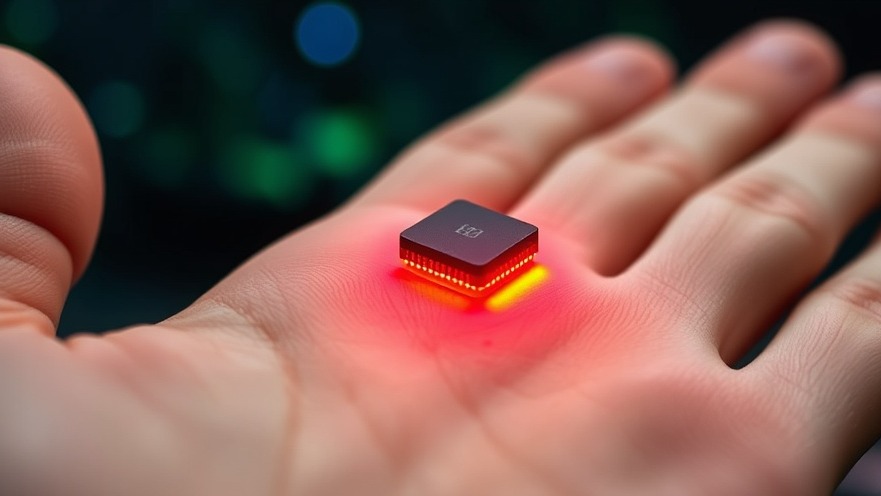
Revolutionizing Chronic Pain Diagnosis: An Innovative Breakthrough
In a groundbreaking development, scientists from Monash University have created an innovative preclinical device capable of distinguishing between various types of chronic pain, such as fibromyalgia and peripheral neuropathy. The chronic pain epidemic presents significant challenges for healthcare practitioners, as conventional approaches predominantly rely on subjective self-reporting methods. This advancement aims to alleviate the struggles of both patients and healthcare providers.
The Pain-on-a-Chip Technology Explained
The researchers at the Monash Institute of Pharmaceutical Sciences, alongside collaborators from Flinders University, designed a microfluidic device known as the "pain-on-a-chip". This minimally invasive biosensor uses live sensory nerves to objectively analyze chronic pain conditions. By focusing on nociceptors—the cells responsible for pain sensation—the technology evaluates blood samples from different animal models to differentiate between pain subtypes effectively.
Why Effective Chronic Pain Management Matters
Chronic pain impacts millions globally, often leading to reduced quality of life, mental health issues, and economic burdens. As highlighted by Professor Nicolas Voelcker, one of the study's lead authors, this diagnosis and treatment space remains poorly understood. Given this challenge, enhancing the classification of pain could open the door to more tailored therapies and improve patient outcomes significantly.
Current Landscape and Future Opportunities
The current landscape for chronic pain management is primarily built around subjective treatment methodologies. This situation underscores the urgency for precise diagnostic tools, such as the pain-on-a-chip device. In its clinical application, this tool could serve as a biomarker platform, enabling practitioners to quickly and objectively assess a patient's pain condition based on blood analysis.
Technical Insights: How the Device Works
The underlying mechanism of the pain-on-a-chip technology involves the analysis of nociceptor cell responses to blood samples derived from distinct chronic pain models. This remarkable approach offers a radical shift from traditional subjective assessments, presenting a greater accuracy in diagnosing specific pain conditions.
The Bigger Picture: Implications for Healthcare Practitioners
The integration of such innovative technologies is vital for healthcare practitioners, notably concierge health providers, who are keen to stay ahead of emerging trends. Implementing objective measures like the pain-on-a-chip could build trust with patients, improve diagnosis accuracy, and ultimately enhance overall care quality.
Potential for Broader Applications in Pain Management
Beyond chronic pain detection, the biotechnological advancements of the pain-on-a-chip could pave the way for further research into personalized medicine, targeted drug delivery, and more refined patient stratification in chronic pain studies. As healthcare continues to evolve, such innovations will be essential for developing future therapeutic strategies.
Conclusion: The Path Forward in Chronic Pain Research
The introduction of the pain-on-a-chip device symbolizes a shift towards objective measurements in a field dominated by subjective reports. As further trials and potential clinical applications unfold, healthcare practitioners must remain vigilant, adapting to these advancements to enhance patient outcomes in chronic pain management.
For practitioners striving to improve their treatment methodologies and provide their patients with cutting-edge care, keeping an eye on emerging technologies such as these could be beneficial. This device not only improves diagnostic efficacy but also sets the foundation for better management of chronic pain conditions.
 Add Row
Add Row  Add
Add 






Write A Comment